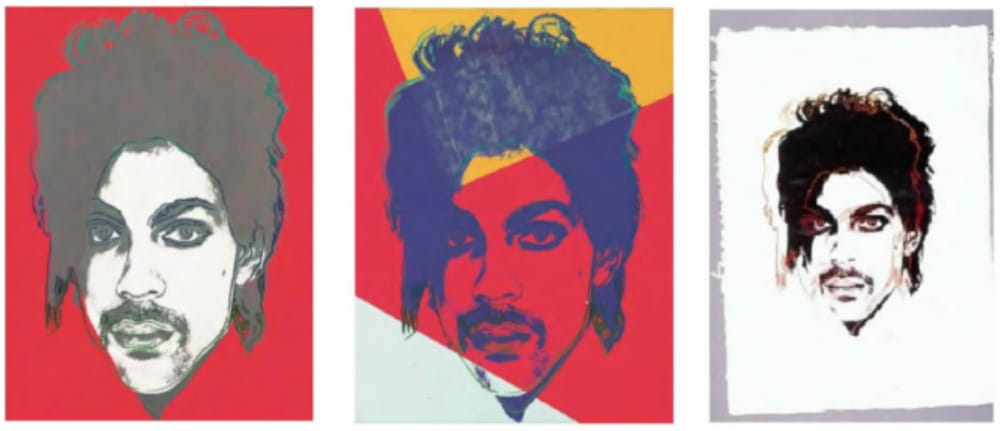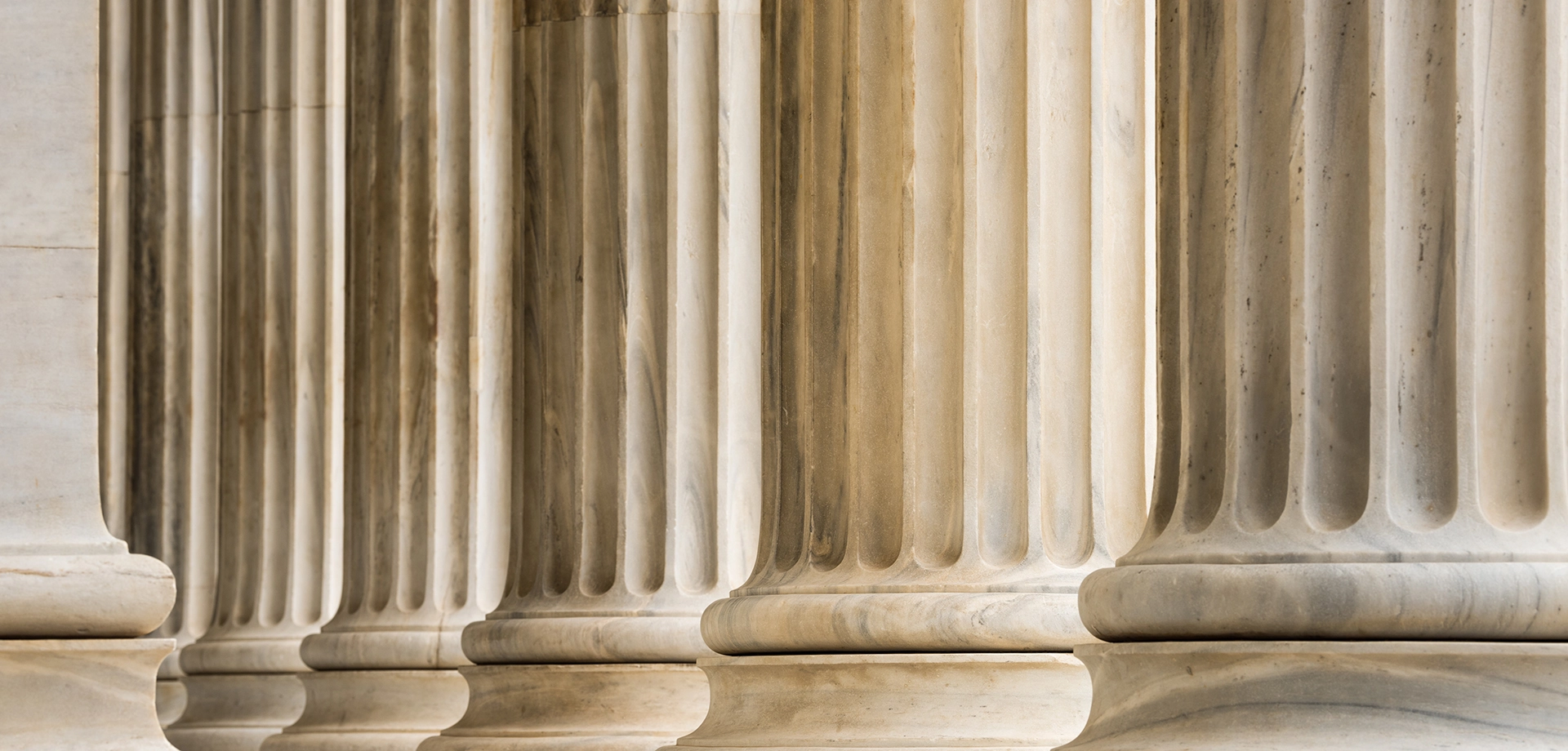In a recent decision, Andy Warhol Found. for the Visual Arts, Inc. v. Goldsmith,1 the Second Circuit upset conventional thinking regarding the concept of “fair use” with wide ranging implications for artists and copyright owners. The Court held that Andy Warhol’s well-known “Prince Series” (fifteen silkscreen and pencil artworks) is not a “fair use” of the photograph that Warhol used as the source material for the series.
The controversy in Goldsmith centers on a 1981 photograph of Prince taken by photographer Lynn Goldsmith. In 1984, Goldsmith’s agency licensed the photograph to Vanity Fair magazine for use as an artist reference.2 Vanity Fair commissioned Andy Warhol to create an illustration of Prince for the magazine based on Goldsmith’s photograph. Unbeknownst to Goldsmith, however, Warhol also created a series of fifteen additional prints based on her photograph.

Following Prince’s death in 2016, Goldsmith became aware of the Prince Series. Soon after, the Andy Warhol Foundation for the Visual Arts (“AWF”) sought a declaratory judgment of non-infringement or, in the alternative, of fair use, and Goldsmith filed a counterclaim for copyright infringement.
Under the Copyright Act, judges generally consider four factors in deciding whether the use of a copyrighted work is “fair.”4 Assessment of the first factor focuses chiefly on the degree to which the use is “transformative,” – that is, “whether the new work merely supersedes the objects of the original creation, or instead adds something new, with a further purpose or different character.” Cariou v. Prince, 714 F.3d 694, 706 (2d Cir. 2013). In 2019, the district court applied this reasoning in granting summary judgment for AWF on its fair-use claim. The district court concluded that the Prince Series was “transformative” because, “while the Goldsmith Photograph portrays Prince as ‘not a comfortable person’ and a ‘vulnerable human being,’ Warhol’s Prince Series portrays Prince as an ‘iconic, larger-than-life figure.’” See Andy Warhol Found. for the Visual Arts, Inc. v. Goldsmith, 382 F. Supp. 3d 312, 316, 326 (S.D.N.Y. 2019).
On appeal, the Second Circuit disagreed. The Second Circuit held that, whether a work is transformative “cannot turn merely on the stated or perceived intent of the artist or the meaning or impression that a critic – or for that matter, a judge – draws from the work.” Goldsmith, 992 F.3d 113-14. Rather, a secondary work’s transformative purpose and character must, at a bare minimum, “comprise something more than the imposition of another artist’s style on the primary work such that the secondary work remains both recognizably deriving from, and retaining the essential elements of, its source material.” Id. at 114.
Applying this rationale, the Second Circuit found that the Prince Series “retained the essential elements of the Goldsmith Photograph” without “significantly adding to or altering” those elements. In other words, the Goldsmith Photograph remained the recognizable foundation upon which the Prince Series was built. Id. at 115. Thus, the Prince Series was not legally “transformative.”
The Second Circuit’s opinion sharply limits an accused infringer’s ability to claim that a secondary work is transformative as a matter of law merely because a secondary work has a different character or new expression. This significant narrowing of the “fair use” doctrine will result in a greater need for express license rights to create derivative works.
Please contact your Bracewell lawyer if you are in need of any assistance with copyright licensing or determining whether you have the rights to use a particular work of art.
_______________________________________________________
[1] 992 F.3d 99 (2d Cir. 2021).
[2] The license permitted Vanity Fair to publish an illustration based on Goldsmith’s photograph in its November 1984 issue. Id at 106. Warhol’s subsequent “Prince Series” was not covered by the license.
[3] Id. at 107.
[4] Under the 1976 Copyright Act, courts are to consider a non-exclusive list of four when evaluating whether the use of a copyrighted work is “fair.” These factors are: (1) the purpose and character of the use, including whether such use is of a commercial nature or is for nonprofit educational purposes; (2) the nature of the copyrighted work; (3) the amount and substantiality of the portion used in relation to the copyrighted work as a whole; and (4) the effect of the use upon the potential market for or value of the copyrighted work. 17 U.S.C. § 107.

